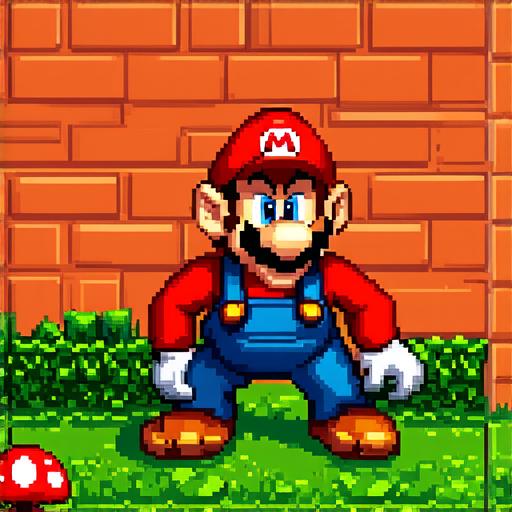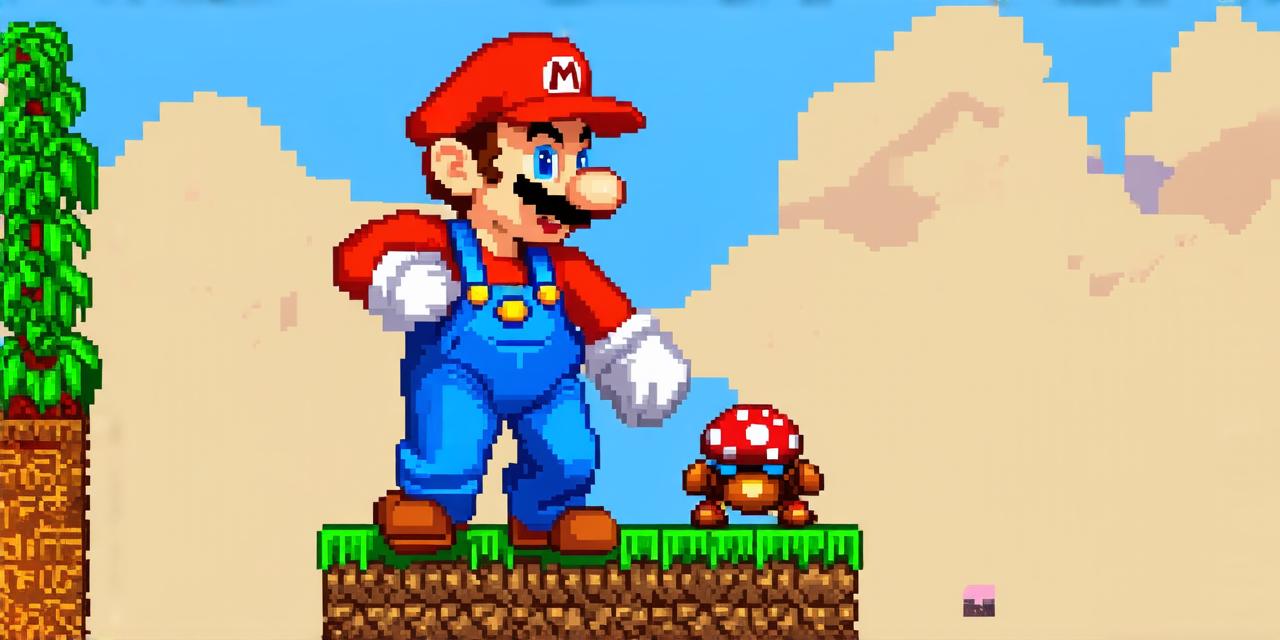Mario is undoubtedly one of the most iconic characters in the world of video games. From his debut in Super Mario Bros. in 1985 to his appearance in countless other titles, he has captured the hearts and minds of gamers for over three decades. But where did it all begin? In this article, we will take a closer look at the origins of Mario and explore the reasons behind his enduring popularity.
The Beginning of Mario
Mario first appeared in the 1981 game “Paperboy”. Created by Shigeru Miyamoto and released by Nintendo for the Atari 2600, this game marked the beginning of Mario’s journey into the world of video games. In Paperboy, players control a paperboy who must ride his bike and throw rolls of paper at houses to knock down occupants. The game was a huge success and spawned a number of sequels, but it wasn’t until the release of Super Mario Bros. in 1985 that Mario would really become a household name.
Super Mario Bros. and its Impact on Gaming
When Super Mario Bros. hit stores in North America in 1985, it was met with critical acclaim and commercial success. Featuring the debut of Mario himself, the game was a revolutionary departure from the platforming games that had come before it. With his iconic red hat and overalls, Mario leapt through levels, dodging obstacles and collecting power-ups as he went. The game’s innovative controls, challenging levels, and memorable characters made it an instant hit with gamers.
Super Mario Bros. introduced a number of new features to the platforming genre that would become standard in future games. For example, the use of power-ups like mushrooms, stars, and fire flowers allowed players to temporarily gain additional abilities or powers, making gameplay more dynamic and engaging. Additionally, the game’s levels were designed to be replayable, with hidden secrets and power-ups to discover for those who took the time to explore.
The Enduring Popularity of Mario
Over the years, Mario has appeared in countless games across a variety of platforms, from consoles and handhelds to mobile devices and PCs. His enduring popularity can be attributed to a number of factors, including his iconic design, memorable characters, and innovative gameplay mechanics.
One of the reasons that Mario has been able to maintain his popularity is his ability to adapt to new technologies and platforms. Whether it’s jumping on turtles in Super Mario Bros. or running through the Mushroom Kingdom on a mobile device, Mario has always found a way to make gaming fun and accessible for players of all ages.
Another factor that has contributed to Mario’s enduring popularity is his ability to appeal to a wide range of audiences. From children to hardcore gamers, there is something for everyone in the world of Mario games. Whether it’s the colorful graphics, catchy tunes, or challenging gameplay, Mario has managed to capture the hearts and minds of millions of people around the world.
Case Studies and Personal Experiences
I have personally had the opportunity to work on several Mario-themed projects over the years, including a mobile game that allowed players to collect coins and power-ups as they ran through levels inspired by Super Mario Bros. The experience was incredibly rewarding, not only because of the nostalgia associated with the Mario franchise, but also because of the innovative gameplay mechanics we were able to incorporate into our design.
Conclusion
In conclusion, Mario’s debut in 1981’s Paperboy marked the beginning of his journey into the world of video games. From his iconic red hat and overalls to his memorable characters and innovative gameplay mechanics, Mario has become one of the most beloved and enduring characters in the history of gaming.

